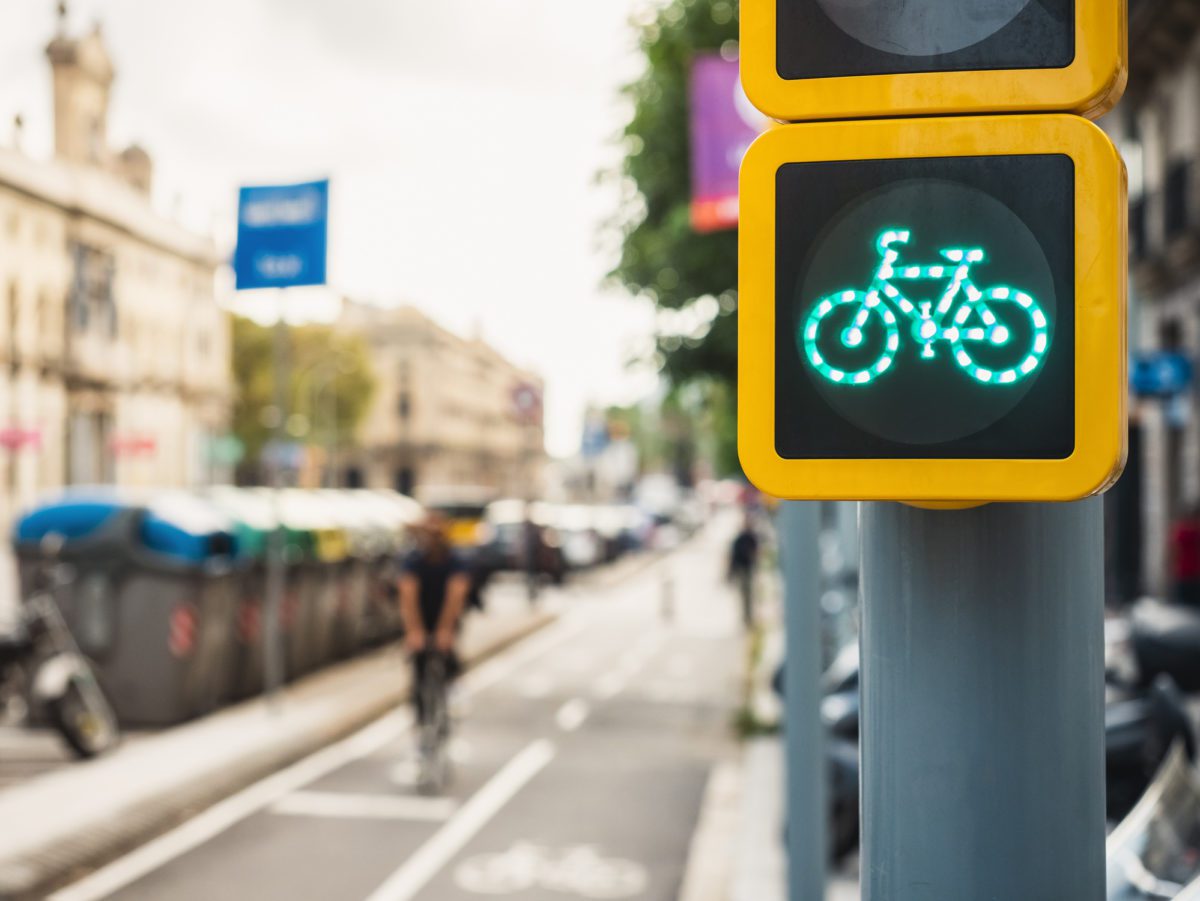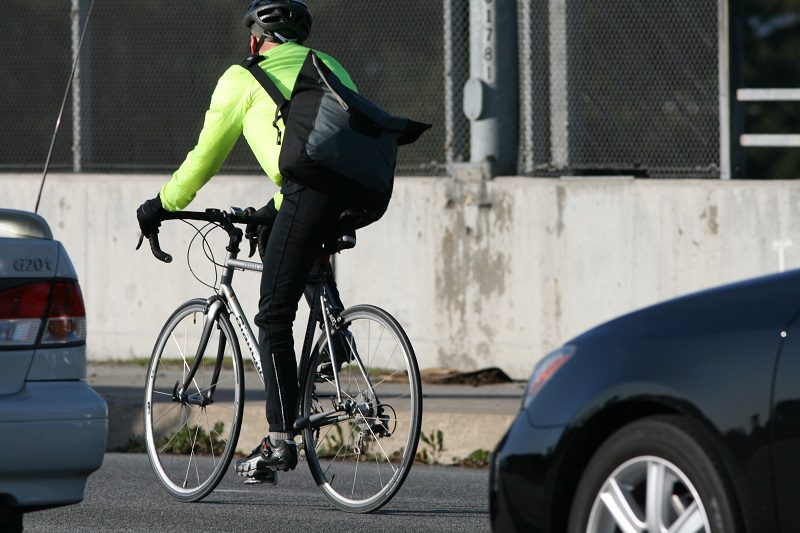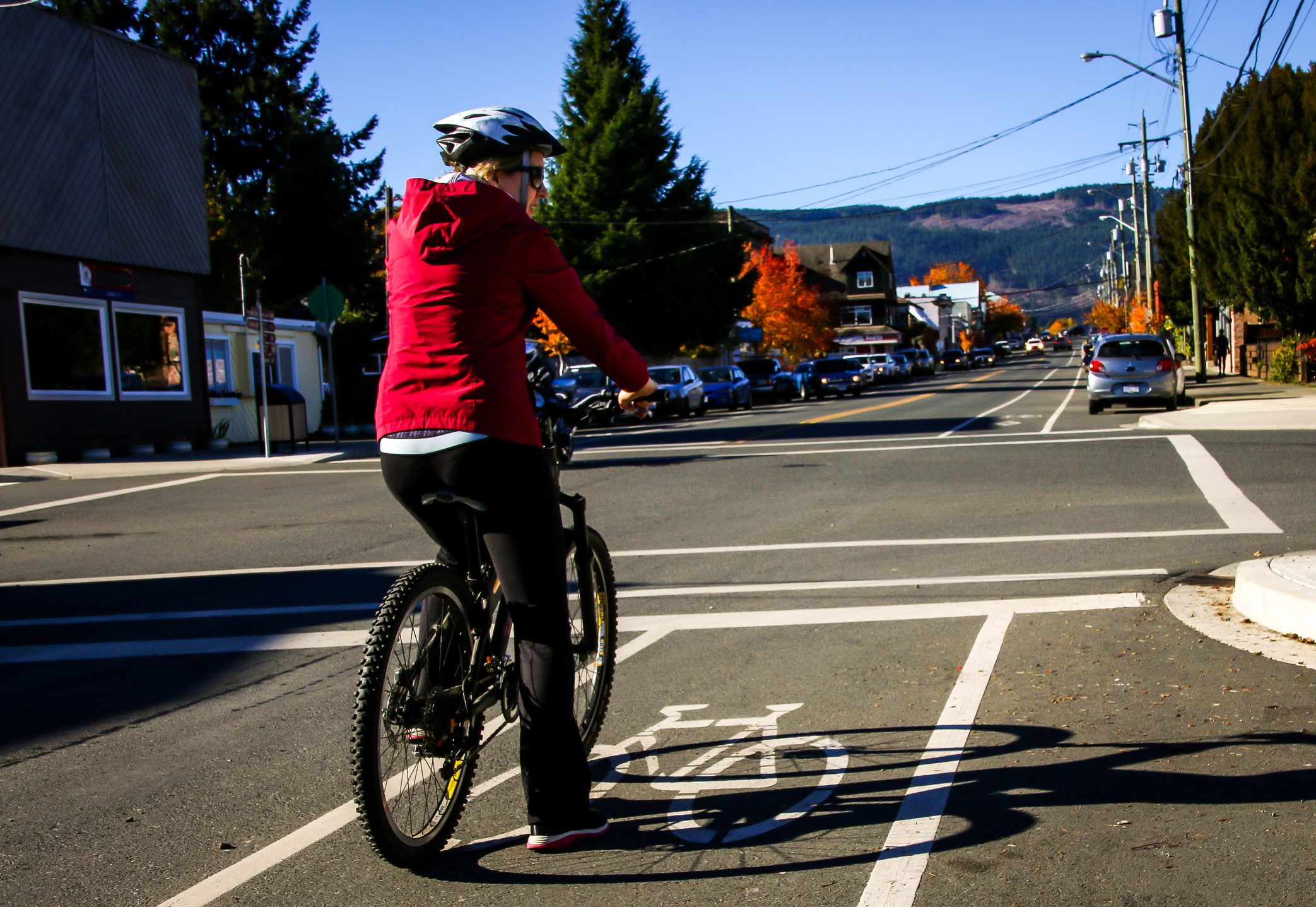Do speed cameras make roads safer for cycling?
Toronto plans to roll out automated enforcement measures

On Friday, Toronto mayor John Tory announced the city is rolling out municipal speed cameras. The cameras are part of Tory’s Vision Zero 2.0 campaign, an effort to make the city’s streets safer for cyclists and pedestrians.
There’s been mixed reactions to the planned speed cameras, with many supporters and some strong opposition. For those commuting by bike or by foot, any measure that helps reduce traffic crashes sounds like a good idea. But do speed cameras actually make roads safer for cycling?
How do automated speed cameras change driver behaviour
Previous studies on automated speed cameras and red light cameras have shown positive results following the implementation of the enforcement systems. Several studies have shown negative changes in driver behaviour when automated systems are removed.
Studies show several changes in driver behavior and traffic outcomes.
Significant reduction in crashes
A 2007 National Traffic and Highway Safety Administration study in the United States showed a 20 to 25 per cent decrease in injuries due to crashes. The NTHSA surveyed 90 studies from 16 different countries.
In the NTHSA survey, 13 of the most empirically rigorous studies all showed significant decreases in crashes resulting from the implementation of automated speed or automated red-light cameras. The decrease varied depending on the type of automated system used (fixed versus moving, speed versus red-light), but all showed a reduction in crashes.
RELATED: Regina chooses public awareness campaign in lieu of mandatory bike helmet bylaw
More recently, a University of Arizona Health Sciences study suggests “that fixed speed cameras on an urban highway can significantly reduce severe injuries.” Examining the effects of Arizona’s removal of automated speed enforcement, the study showed “the removal of speed cameras was associated with a two-fold increase in admissions to Level 1 Trauma Centers.”
General decrease in speeding
A decrease in average speed was observed across all the locations it the study monitored, even where there was no photo radar enforcement. The study, authored by Chen et al. (2000), argues this shows a general decrease in driving speed after the program was introduced
RELATED: Canadian bike lane study confirms what cyclists already know
Pedestrian safety
Few studies comment directly on how automated traffic enforcement affects the safety of cyclists. Several do show the cameras measurably improve pedestrian safety, though.
Two studies, one in 2003 and one in 2004, found a significant increase in pedestrian safety after the introduction of automated speed cameras. The latter study, Gains’ 2004 National Safety Camera Program: Three-year Evaluation Report showed a 23 per cent reduction in pedestrian casualties.
How does this apply to cyclists?
As mentioned, few studies examine the effect of automated systems on cyclists directly. But automated systems have been shown to calm traffic in several ways that could benefit cyclists. A generalized decrease in speeding makes urban cycling more welcoming and safer.
Higher vehicle speeds increase the risk of cyclists and pedestrians being involved in a crash, according to the Insurance Institute for Highway Safety. Higher speeds also substantially increase the cyclist or pedestrians risk of injury or death when a crash does occur. In Brian Teft’s 2003 study of U.S. pedestrian crashes, the risk of injury to the pedestrian increased as the speed of the vehicle increased.
Also remember, the goal of speed camera programs is to generate zero income. If drivers of motor vehicles obey speed limits, the automated cameras will generate no tickets.
Downsides for cyclists?
Several studies did show an increase in traffic on alternate routes. This could include some of the side streets or streets that are currently less frequented by cars, and preferred by cyclists.
RELATED: Cycling casualties unlikely to be reduced by digital public signage campaigns
Resources
Chen, G., Wilson, R.J., Meckle, W., & Cooper, P. (2000). Evaluation of photo radar program in British Columbia. Accident Analysis and Prevention, 32, 517-526.
Christie, S.M., Lyons, R.A., Dunstan, F.D., & Jones, S.J. (2003). Are mobile speed cameras effective? A controlled before and after study. Injury Prevention 9, 302-306.
Gains, A., Heydecker, B., Shrewsbury, J., & Robertson, S. (2004). The National Safety Camera Program: Three-year Evaluation Report. London, United Kingdom: Department for Transport.
National Traffic and Highway Safety Administration (2007). Automated Enforcement: A Compendium of Worldwide Evaluations of Results. Traffic Tech. No. 322
Teft, Brian C. (2013). Impact speed and a pedestrian’s risk of severe injury or death. Accident Analysis and Prevention. Vol. 50, 871-878.


